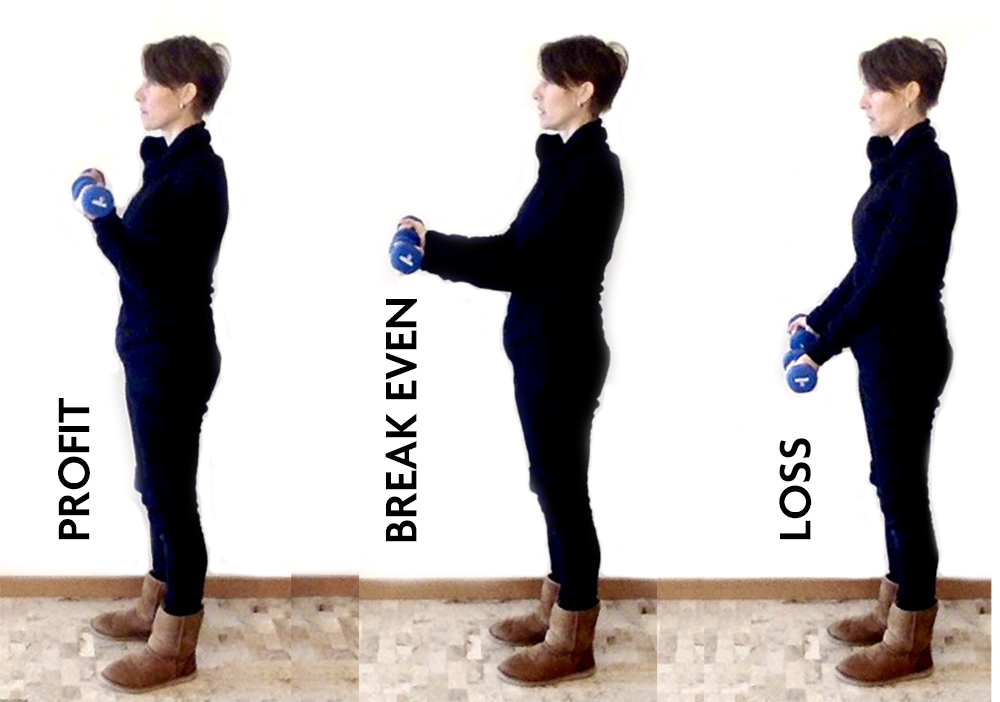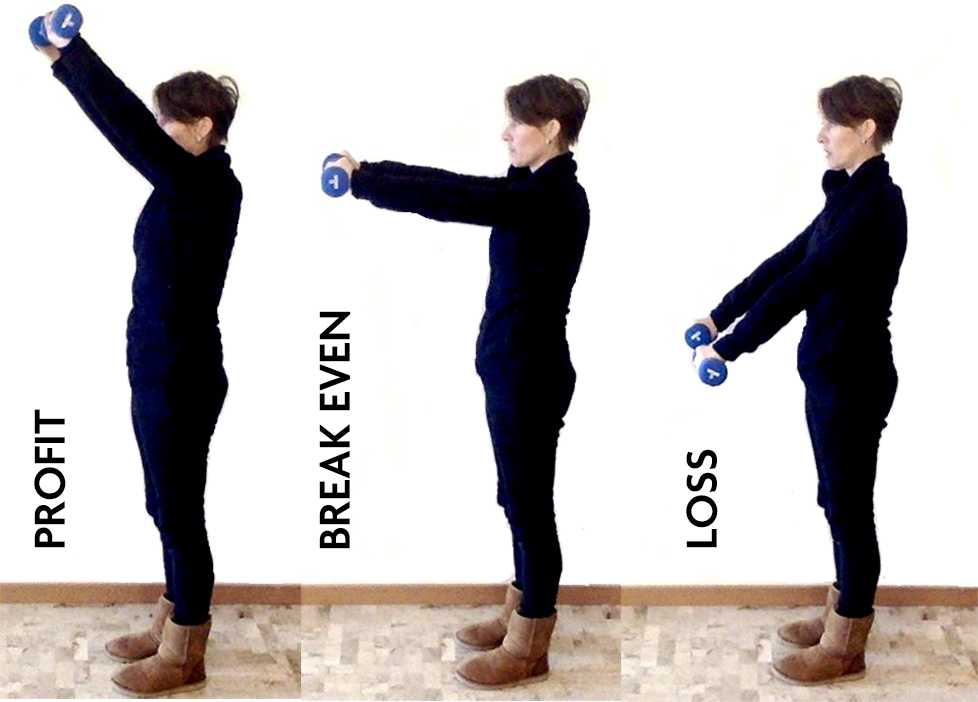Connecting the body with learning


Right after Christmas your body reminds you, uncomfortably, of all the extravagant dinners you’ve had. But have you thought about connecting the body with learning? Susan Hrach [pronounced ‘rock’] does so in her book ‘Minding Bodies’. [Ref. 1]
She makes two claims. One, the body needs to be in a condition to learn. And two, the body can be used as a tool for learning.
The body needs to be in a condition to learn
This is not a radical claim and we all know it even if we’ve never given it much attention.
But being mindful of the body as a precondition for learning can help you empathise with your students. It will be difficult for them to learn if they are stressed, tired, hungry, ill or fearful.
I remember a student asking to borrow my copy of a book because he didn’t have the money for food and a book that week. Or the student who came to class after being in a car accident! Just some dents she said.
As for ourselves, I’m sure we’ve all experienced those times of teaching through the wonderful Thursday ‘after lunch dip’ or the infamous Friday morning after a student’s night out.
To support the body in preparation for learning, more teachers are providing healthy snacks, and set aside time for breathing exercises before the start of their classes. Snacks may be outside your budget—especially if you have very large classes— but breathing is still free.
In my classes I get students to move around. For example, the ‘gallery walk’ requires students to draw a picture that expresses an accounting concept. After 10 minutes or so, they walk around the class taking pictures and nominating their two favourite pictures. My students have created a wide variety of drawings, including cash flow statements, assets and depreciation, expense types. You can see examples on my Instagram account @agathalovesaccounting.
Another exercise is ‘work station’, where pairs or groups of students work on different exercises/work stations and then move on to the next station/exercise after ten or fifteen minutes. I have used this in in the context of inventory valuation (FIFO, LIFO and weighted average) requiring groups of students to produce two numerical examples of each method. I’ve also used it to teach accounting for inventory under the perpetual and periodic bases.
You can use your body as a tool for teaching
Hrach’s other claim, that you can use your body as a tool to learn, is quite new to me. At the 2015 TACTYC conference, Lesley Wolvelaer demonstrated some exercises of using your body to learn accounting.
One example she described is for students to write words on their fingers—assets and expenses on the left hand, liabilities, equity and revenue on the right hand.
A second example is to answer quizzes by walking (or running if space permits) to the left or right side of the room (‘is an investment an asset or a liability?’).
You might also assign an account to each student. For example, each student within a group is given a specific asset, such as cash, inventory, machinery. The members of the group discuss and negotiate themselves into an order running from least liquid to most liquid.
In my classes I’ve used this technique in relation to operational leverage, demonstrating the effect of different levels of fixed expenses by stretching your arms fully or curling your arms. See the pictures above.
For the upcoming year I will be exploring more ways to include the body into online learning. Yes, move around, but also include more senses, what can you hear or see, or feel that is accounting related?
In what ways might you start connecting the body with learning in the field of accounting?
About the author
Agatha Engel has been teaching in the US and Europe for the past 15 years. She likes to make accounting meaningful for her students and, if possible, a fun experience. She achieves this by bringing practice and theory together in realistic cases and exercises.
Agatha recently received the “Short Case Award” from the AICPA (American Institute of Certified Public Accountants).
References and further reading
Hrach, S. (2021). Minding Bodies: How Physical Space, Sensation, and Movement Affect Learning. West Virginia University Press. Amazon: https://www.amazon.co.uk/Minding-Bodies-Physical-Sensation-Education/dp/1949199983/.
McCann, L. M. (2017) “Thinking Outside the Ledger: A Visual Representation Project for Accounting Students”, The Accounting Educators’ Journal, 26. Available at: https://www.aejournal.com/ojs/index.php/aej/article/view/354 (Accessed: 13 January 2023).
Special Issue: Visual Metaphor and Visual Tools in Accounting Education. Accounting Education, Volume 27, Issue 6 (2018), https://www.tandfonline.com/toc/raed20/27/6
This is part of the Pedagogy series of articles
© Accounting Cafe



